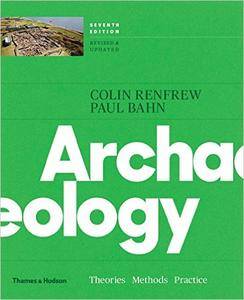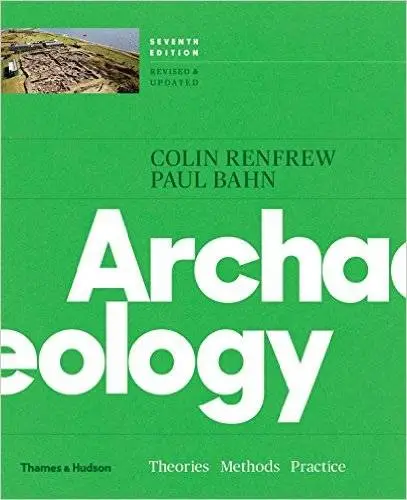Colin Renfrew, Paul Bahn, "Archaeology: Theories, Methods and Practice, 7th edition"
English | ISBN: 0500292108 | 2016 | 672 pages | PDF | 79 MB
English | ISBN: 0500292108 | 2016 | 672 pages | PDF | 79 MB
Since its first edition, Renfrew and Bahn’s Archaeology: Theories, Methods, and Practice has been the leading educational source on what archaeologists do and how they do it. The text is organized around the key questions that archaeologists ask about the past and details the practical and theoretical ways in which answers to those questions are sought. The seventh edition has been thoroughly revised and updated, with sixteen additional pages and new material on the latest developments in the subject and coverage of many recent discoveries. The book is newly designed with additional box features and extensive drawings, charts and photographs, all in full colour. This is a truly global introduction to archaeology, and includes examples from every part of the world. New boxes include coverage of the discovery of Richard III’s burial; excavations at the Neolithic Ness of Brodgar in the Orkney Islands; snow patch archaeology on mountain tops and in the far north; Roman glassware traded to ancient Japan; the Museum of London’s excavation of a Roman and later medieval site in the heart of the city; fresh analysis of Grauballe Man, a Danish Iron Age bog body; and work on the origins of farming at Jerf el Ahmar, Syria.
Table of Contents
Part I - The Framework of Archaeology
The Searchers: The History of Archaeology * What is Left? The Variety of the Evidence * Where? Survey and Excavation of Sites and Features * When? Dating Methods and Chronology *
Part II - Discovering the Variety of Human Experience
How Where Societies Organized? Social Archaeology * What Was the Environment? Environmental Archaeology * What Did They Eat? Subsistence and Diet * How Did They Make and Use Tools? Technology * What Contact Did They Have? Trade and Exchange * What Did They Think? Cognitive Archaeology, Art and Religion * Who Were They? What Were They Like? The Bioarchaeology of People * Why Did Things Change? Explanation in Archaeology
Part III - The World of Archaeology
Archaeology in action: Five Case Studies * Whose Past? Archaeology and the Public * The Future of the Past; How to Manage the Heritage? * The New Searchers; Building a Career in archaeology * Glossary, Notes and Bibliography, Index



